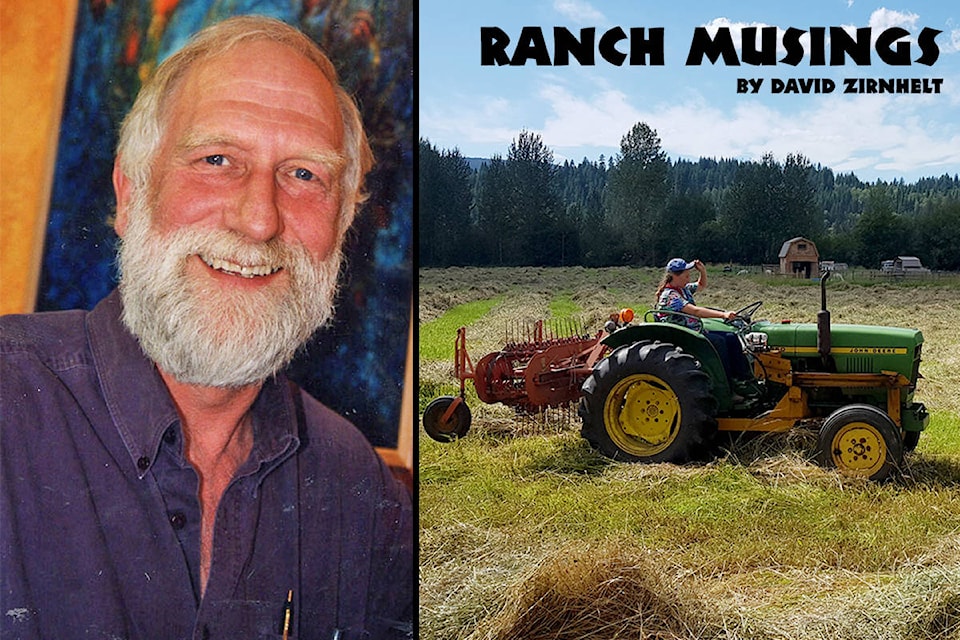When I choose a topic for this column, I am guided by both my head and my heart. I usually focus on the season or relevant events in the life of ranchers and farmers generally.
For me and my wife, this week started with our first two calves. Our cows were pregnancy tested to start calving beginning nine months or so after we put the bulls out. Now if the bulls jumped the fence early, then all bets are off.
We know of a situation where a bunch of calves came during the last cold snap but that is because the bulls “found” the cows several weeks early. This is why ranches keep the bull pen as far away from the cows as possible, if not physically then, psychologically.
By this I mean that if the bulls are trained to electric fence, there is a good chance they will stay in their pen until dating season starts even in close proximity to the cows. Two fences will be the best deterrent if the boys and the girls can’t be separated by distance.
Recent breeding by geneticists has shortened the gestation period which is now considered to be between 265 and 295 days. Some average posted by different sites say 283 days. The point here is that “it varies.”
READ MORE: Trends and opportunities for agriculture land owners
Some ranchers want the calving out of the way so other work can be done in the spring. Some are calving later, after the green grass shows, so the cows get to calve on dry ground. Others want the calving done when there is some frost in order to avoid the muddy season.
Apart from the exceptions, cows birth on their own and any cow that has trouble can be sold out of the herd leaving the trouble-free ones. Keeping only females from your own herd born from trouble-free mothers will optimize your chances of having a relatively easy calving season.
Good mothering instincts will see the mother lick her calve clean of the birth fluid and stimulate the calve to get up to begin sucking milk. The calf needs to get colostrum (mom’s first milk) in order to begin the development of the calf’s immune system.
After 12 hours without getting that milk will leave the calf immune impaired for its early life and they are then more susceptible to disease.
It is common to give vitamin A, D and E, and selenium immediately after birth. This is to ward off certain diseases and conditions that can be life threatening. However, selecting only cows that have everything that calves need in their milk is possible.
But ensuring that the feed and supplements the cows get contains everything is another way to optimize calf health. This may entail soil and forage (hay and grass) testing followed by soil amendments to be sure all the nutrients are in the feed.
If you are managing your herd with good or best practices then your calving problems will be minimized. Then the joy of seeing the new life in the form a calf will be the norm.
I enjoy the first walk with the grandchildren to see the newborns. They most likely will want to touch the babies which is okay if the cow doesn’t mind. Encouraging this nurturing and caring will guide the next generation towards good stewardship.
Meanwhile, the calves kept over from last year to become meat or replacement mother cows are served well by some form of grain or alfalfa pellets. They are gentle to human handling and can be made to come to a rattling bucket if they break the fence or are lost on the open range.
This gentling is a great job for kids. Observing the cattle every day is good training for future farmers. One of our grandsons notices injuries and blemishes that might escape my own observation. Kids need to be needed! Don’t we all?
David Zirnhelt is a rancher and member of the Cariboo Cattlemen’s Association. He is also chair of the Advisory Committee for the Applied Sustainable Ranching Program at TRU.
Like us on Facebook and follow us on Twitter.
